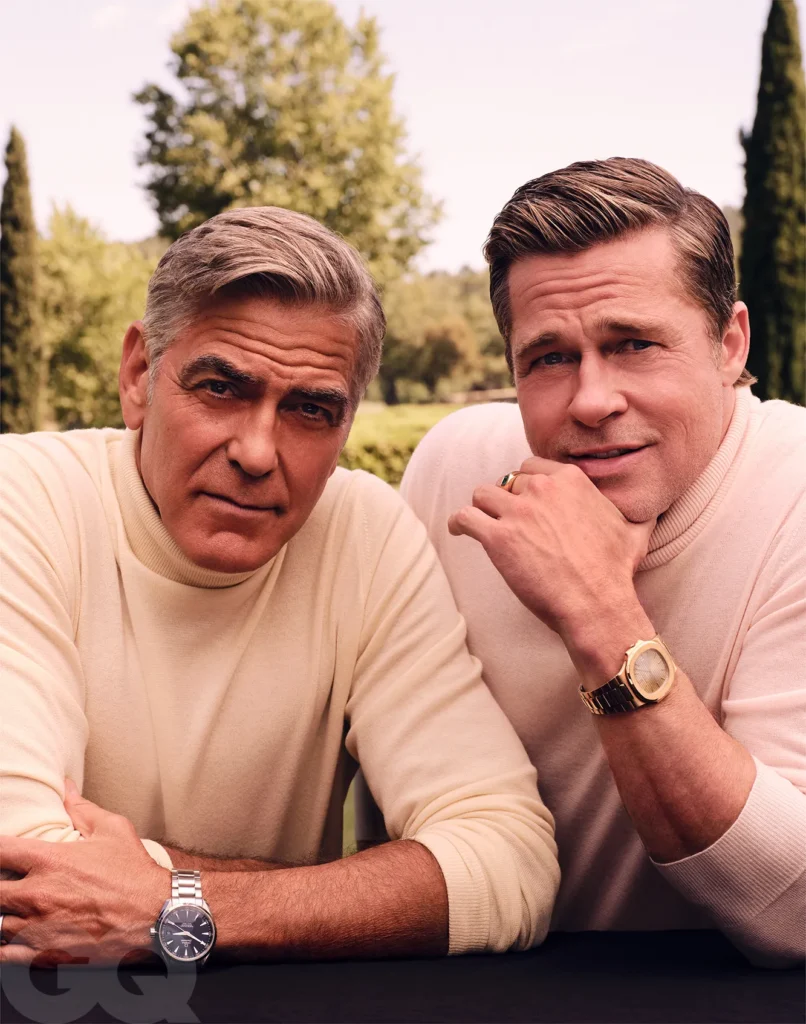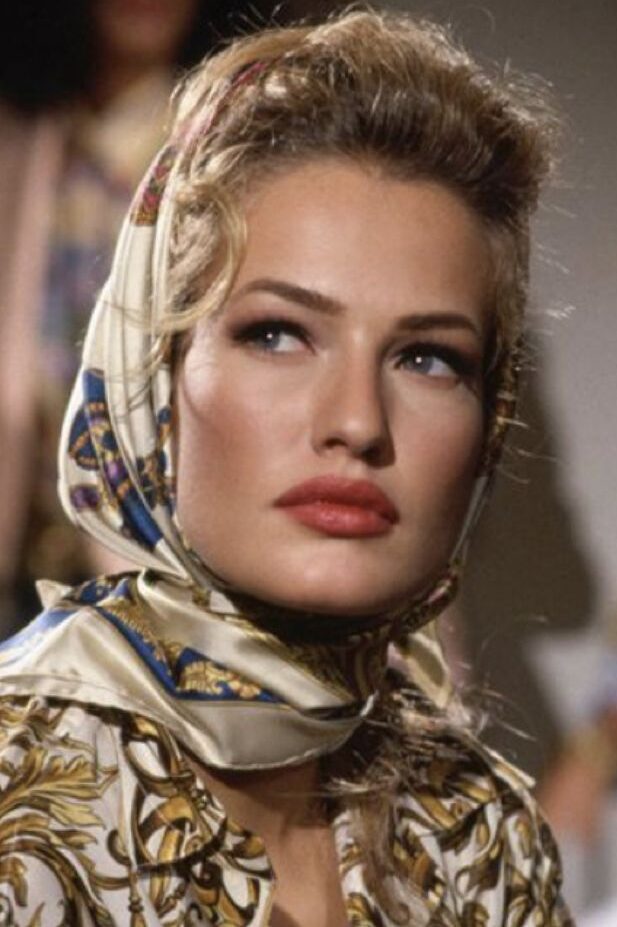If most fashion comes and go, then old money, also know as “quiet luxury” is perhaps one of the few that can stand the challenge of time, and makes people want it even more as time and wealth accumulate. The old money aesthetic represents the understated elegance associated with generational wealth, typically attributed to families who have amassed their fortune over decades or centuries. It’s the opposite of flashy, logo-driven “new money” displays. Instead, it prioritizes quality over quantity, discretion over ostentation, and classic over trendy.
The Oxford definition of ‘Old Money’ is “wealth that has been inherited rather than earned.” People who are old money were born and raised in that rich, subtle and well-educated environment for many generations, instead of coming to the wealth for new.

In saying that, old money no longer need to tell people and the world that they are rich, because their properties, their assets, their wealth, family reputations and their stories are already out there for long, and they have pretty much everything they want, which could never be achieved by most people.
Elements that Goes Into Old Money Fashion
When it comes to fashion, old money prefers to embody a classic, understated, and timeless style that reflects sophistication and quiet luxury. People who know it know them. It avoids loud branding and logos, and flashy trends, instead emphasizing quality, tradition, and elegance, even the cultural embodiment behind each style and outfit choice.
Color Palates
At its core, old money aesthetic revolves around neutral and muted color palettes, with shades like beige, navy blue, cream, and soft earth tones taking center stage. These subdued hues offer versatility and timelessness, ensuring that the wardrobe remains classic regardless of passing trends. These neutral tones are also giving the wearers and viewers a soft, chill, laid-back vibe, presenting a rather relaxed and enjoyable lifestyle.


Materials is the Everything
The foundation of old money style lies in high-quality fabrics such as cashmere, silk, linen, and wool. These materials exude luxury not through loud logos but by their texture, durability, and superior craftsmanship. A tailored silhouette is equally crucial, emphasizing perfect fits and modest cuts. Think sharply tailored blazers, pleated skirts, and shift dresses that enhance the wearer’s natural elegance. For layering, crewneck sweaters and cardigans made of fine materials are draped effortlessly over crisp button-down shirts, adding to the air of sophistication.
The outfits might look minimal in the first glance, yet they are definitely not simple, and can withstand the test of attention to details.




Minimal Yet Meaningful Accessories
Accessories in old money fashion follow the same principles of subtlety and quality. Jewelry is minimal yet meaningful—pearls, understated gold or silver pieces, and family heirlooms are staples. Structured handbags, like a Hermès Kelly or a classic Chanel quilted bag, complement the ensemble, while silk scarves, often tied neatly around the neck or handbag, add a touch of flair without overwhelming the outfit. Shoes are equally timeless, with leather loafers, riding boots, or ballet flats completing the look.

A pearl necklace, as worn by Princess Diana presents an stunning accessory choice. Photo: mark reinstein / Shutterstock.com



Heritage Patterns & Prints
Patterns play a subtle yet integral role in old money fashion. Heritage prints like houndstooth, plaid, and stripes appear sparingly, adding depth to the wardrobe without overpowering its simplicity. These prints, often associated with prestigious brands like Burberry and Ralph Lauren, evoke an Ivy League or countryside aristocracy charm that aligns perfectly with the aesthetic.


Polished Yet Understated Grooming
Grooming is the finishing touch that ties everything together. Old money fashion values polished but understated appearances. Hairstyles are neat and effortless, such as a sleek bun or soft waves, while makeup is kept minimal, emphasizing natural beauty with soft tones and light coverage. The overall look suggests effortless preparation, conveying the message that elegance is innate rather than overly manufactured.


That's Why We LOVE Old Money Aesthetics
Old money fashion is more than just clothing—it’s an embodiment of a lifestyle that values quiet luxury, intellectuals, heritage, and an appreciation for the finer details. Whether attending a social gathering or lounging at a summer estate, the aesthetic seamlessly communicates a sense of sophistication that transcends time.
The allure of old money aesthetic really lies in its ability to transcend time and trends. Embracing the old money aesthetic is less about financial status and more about cultivating a sense of elegance, refinement, and appreciation for the finer, simpler things in life.









